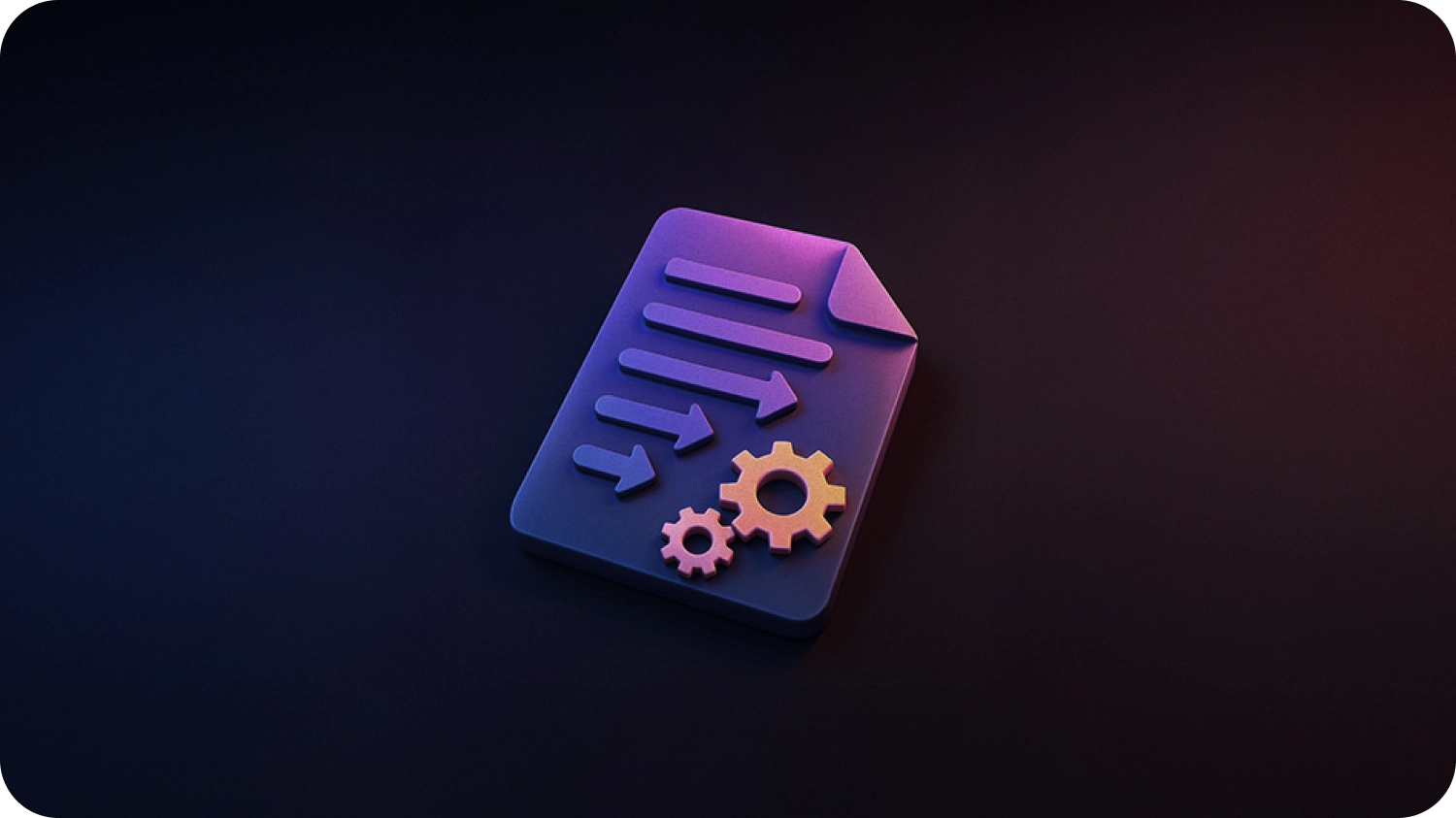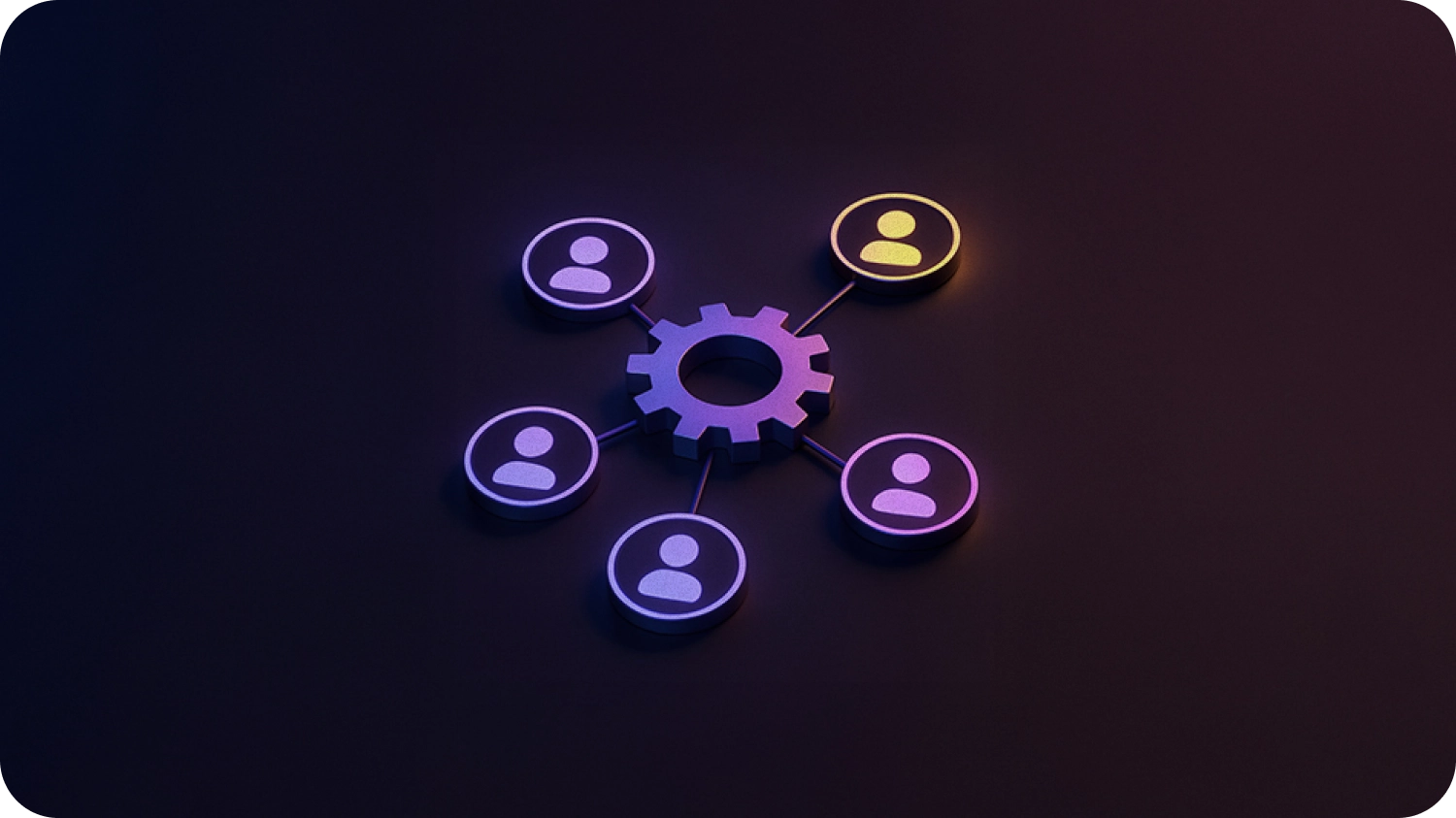Jiminny has fast risen to popularity as a conversation intelligence tool. With over 250 customer reviews on G2, it’s now seen as a serious contender on par with market leader Gong.
That being said, Gong’s popularity—with nearly 6K user reviews on G2—is unmatched. As one of the earliest and most well-known names in the revenue intelligence space, it boasts great reviews and a massive user base.
If you’re already on the lookout for a Gong alternative, chances are you’re also seeking advanced revenue intelligence and forecasting capabilities.
While Jiminny offers these functionalities, there are a few areas where it might not fully meet your evolving needs. In those instances, alternative solutions like MeetRecord—can step in to fill the gaps and improve your strategic insights.
But how does Jiminny compare to Gong in the aspects that matter for your business? Read on for a detailed Gong vs Jiminny comparison that looks at features, pricing, customer reviews, and target audience to help you:
- Understand the key functionalities of Jiminny and Gong
- Know how Gong and Jiminny are alike and different
- Decide if Jiminny is the best Gong alternative for you
Gong vs Jiminny: What should you consider while making a comparison?
1. Use case and functionality
- Why do you want to use a conversation intelligence tool? Is it for capturing customer insights or improving sales insights or improving sales meeting efficiency?
- Which core functionalities do you need (revenue intelligence, meeting intelligence, sales coaching, people intelligence)?
- What level of flexibility and customizability do you need with regard to the above?
2. Ease of use
- How easy is the tool to introduce and adopt in your context?
- Do you need to invest in training and onboarding?
- Is it future-friendly? Will you be able to use the product as your business and teams evolve?
3. Pricing
- Can you use a free or trial plan?
- Is the pricing flexible and transparent?
- Are there any minimum usage requirements or fees?
In the rest of this Jiminny vs Gong comparison, we consider all of these aspects into account so you can make an informed decision.
Jiminny vs Gong Comparison: Feature, Functionality, and Pricing
Here is a snapshot of the key conversation intelligence, coaching, and collaboration features that Gong and Jiminny offer.
1. Conversation Intelligence (recording, transcription, note-taking)
Both Jiminny and Gong offer comprehensive AI-based call transcription and summarizing capabilities and work with all major conferencing providers for recording, transcription, and analysis.
However, several users have complaints about the accuracy of the transcripts, like this user review on G2.

On the meeting efficiency and collaboration front, Gong and Jiminny are designed to boost efficiency by automating tasks like CRM entry. Both also support sharing snippets of key moments of calls via MS Teams or Slack.
Read More - Best Conversation Intelligence Solution
2. Sales Coaching
Gong’s focus on deal intelligence and its experience with some of the most competitive businesses in the world, have led to its sales coaching functionality being perfected over time. And it’s here that Gong has a clear edge over Jiminny.
With topic audits and personalized recommendations for sales reps, Gong ensures that sales coaching encompasses capturing and sharing best practices as well as personal improvement for each rep.

Gong’s conversation intelligence can help managers easily identify what sales reps are doing right and wrong (say, by identifying the percentage of a sales rep’s deals that don’t involve the decision maker, the number of engagements the team had before closing a deal, etc).
It also ensures the visibility of success drivers and coaching moments across email, conference calls, mobile calls, etc. In addition, it has automatic notifications for managers to coach their reps, while also surfacing personalized recommendations (like who needs to be coached next and on what).
Jiminny too has a well-defined approach to sales coaching that covers peer learning and self-coaching. If you’re a small sales team looking to get your sales coaching plan off the ground, Jiminny’s sales coaching is really all you’d need.

Read More - Best Sales Coaching Solution
3. Revenue Intelligence
Gong has a clear advantage here with its pipeline management and forecast intelligence.

Jiminny on the other hand is limited to pipeline visibility and lacks the capability to forecast or notify sales teams about potential risks.

Read More - Best Revenue Intelligence Solution
4. People intelligence
Jiminny has a clear focus on identifying key performance parameters such as listening skills and talk-to-listen ratios, and the usage of monologues.
It offers the ability for a sales manager to see how all their sales reps are performing on their calls so they can track and improve their performance – while also giving sales reps insights into their own performance.


5. Adoption and ease of use
Going by user reviews, both Gong and Jiminny fare well on ease of use and setup.

However, here’s what we found when we dug a little deeper.



As for Gong, there’s a predictable learning curve associated with it – given its complex revenue intelligence capabilities. However, if you’re a smaller organization, this additional complexity could be the reason for user overwhelm and lower adoption.
Gong vs Jiminny: Pricing Comparison
We looked at three aspects to compare Gong and Jiminny’s approach to pricing:
- Transparency: The Gong website has no clear mention of its pricing approach. There is a qualification process and a sales call before you know the pricing structure that applies to you.


- Platform fee and minimum seat mandate: Gong comes with a platform fee required every year. Jiminny, on the other hand, does not charge a platform fee, but instead, has a setup fee for its onboarding process.


- Flexibility: Both Gong and Jiminny fall short here – Jiminny offers flat pricing. This means that whether you conduct 10 or 50 meetings, you end up paying a flat fee per user.
Gong vs Jiminny: Target Audience
Let’s take a look at the customer logos to get a sense of their target audiences.


Gong has a clear focus on enterprise companies while Jiminny, with its pricing and usage options, caters to SMBs and mid-market organizations.
Looking deeper, within their target audience, Gong has a clear focus on revenue leaders while Jiminny positions itself for Sales, Customer Success, and other teams.

Jiminny vs Gong: Customer and User Reviews
Before we wrap things up, let’s take a look at what users have to say about Gong and Jiminny.
Here’s what reviews on G2 say.

The sheer number of Gong user reviews is an indicator of its popularity and market dominance.
But this is also accompanied by a clear focus on enterprise customers. The result?
Users from SMBs and mid-market companies don’t find Gong to be a great fit for their use case.

We have also analyzed the latest Gong interviews to surface some of the issues users are talking about. Check it out: 300 Gong G2 reviews analyzed
We also looked at Jiminny vs Gong reviews on TrustRadius.

Gong’s TrustRadius reviews have users talking about Gong’s UI issues (it’s clunky and hard to use). It’s not hard to see why: Gong’s enterprise-focused complex features can overwhelm users – especially those from startups or small businesses.
Jiminny on the other hand has great user reviews about onboarding and support – although this needs to be taken with a pinch of salt given the lower number of reviews.
Wrapping Up
We hope this comparison has helped you assess if Jiminny truly fits the bill as a Gong alternative.
If you’re a growing business or enterprise seeking an AI-first, Revenue Intelligence (Agentic) solution built for the AI age, it's time to explore MeetRecord.
MeetRecord delivers 2.2X better ROI by combining core conversation intelligence with robust AI Sales Coaching, Deal Intelligence, and CRM Automation. Our platform is designed to ensure your sales process is future-ready, with key features that include:
- Adaptive Deal Intelligence: Proactively identify risks and opportunities to keep deals on track
- AI Sales Coaching & Roleplays: Empower your team with real-time, data-driven insights and simulated call practices
- Buyer Intelligence & AI Playbooks: Capture the Voice of Customer and arm your reps with proven tactics and best practices
- Revenue Forecasting & Pipeline Hygiene: Maintain a clean, actionable pipeline with accurate forecasting and data insights
- Customization / White-Labeling: Tailor MeetRecord to your brand, including a customizable mobile app
Talk to us to learn how you can upgrade your Revenue AI technology to the next level.


.svg)

.png)







